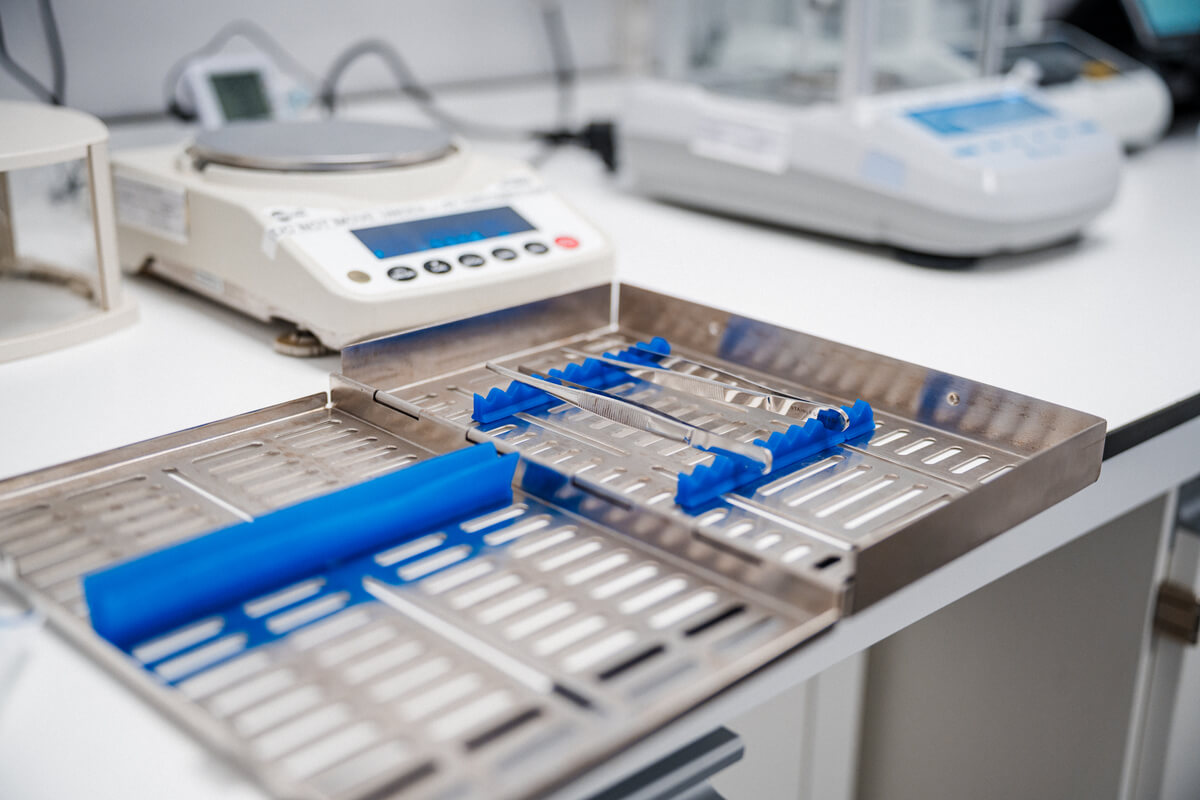Instructions for Use: Everything You Need to Know
Article Summary
Instructions for Use are essential documents that guide users on the correct, safe, and effective handling of medical devices. They outline validated cleaning, disinfection, and sterilisation procedures to minimise infection risks and ensure regulatory compliance.Article Contents
What is a Medical Device ‘Instructions for Use’?
‘IFU’ stands for Instructions for Use, and it is an acronym that is a common buzzword heard in the medical device field. In its most basic definition, an IFU is a set of instructions intended for the target consumer or user of the medical device. These instructions are designed to ensure the maintenance, safety, and performance of the medical device performs at a highly effective level.
Instructions for use can include details on automated cleaning, disinfection, and sterilisation, with more recent updates to standards, emphasising the validation of drying procedures as well. Furthermore, IFU’s are tailored to the device itself, for example, not all devices are compatible with automated washer disinfectors, hence manual cleaning and disinfection steps are used instead.
IFU’s are particularly important for Class ‘r’ medical devices, which are reusable, for such devices, their safety, cleanliness, and repeatable performance are paramount. If these instructions fail to ensure proper safety, this can lead to contamination, material compatibility issues, and even severe side effects – including mortality.
It is therefore the manufacturer’s responsibility to ensure that their IFU is validated, with patient safety being at its core.

What are the Specific Testing Requirements for Instructions for Use?
Most medical devices that require an IFU follow a standard reprocessing cycle, outlined below. This cycle ensures that devices are thoroughly cleaned and safe for reuse.
- Pre-cleaning. This initial step removes the bulk of visible debris and biological soil. It typically involves detergents, manual brushing, sonication, and several rinsing steps.
- Automated cleaning and disinfection. Devices are placed in a washer-disinfector, which removes any remaining soil left over from the pre-cleaning. This is followed by thermal disinfection cycle within the washer disinfector, which inactivates microorganisms to becoming less harmful.
- Sterilisation. This is the terminal step for the majority of device, and is the most critical, especially for invasive devices. The sterilisation step ensures that all microorganisms, including spores, are killed, and is usually showcased with a SAL (sterility assurance level) of Log6.
Each step must be validated by the manufacturer to demonstrate their device is fit-for-use, and the IFU must clearly describe these validated processes so end users can replicate them safely.
Global Regulatory Requirements
Globally, regulatory bodies have slight differences in requirements for the IFUs of medical devices. Within the EU, the MDR 2017/754 (Medial Device Regulation) regulatory framework is followed which focuses on lifecycle safety and residual risks , whereas in the US, the FDA (Food and drug administration) follows the 21-CFR- Quality systems regulations, which is more centred around market entry requirements (e.g. is the device substantially equivalent to a pre-existing device on the market).
Other global regions (Rest of World, or ROW) often align partially with either FDA or MDR standards or develop their own local regulations. However, amongst all regulatory frameworks, the role of IFUs is centred around patient safety and ensuring that devices are used as intended.
Get It Done, With Certainty.
Contact us about your testing requirements, we aim to respond the same day.
Get resources & industry updates direct to your inbox
We’ll email you 1-2 times a week at the maximum and never share your information


